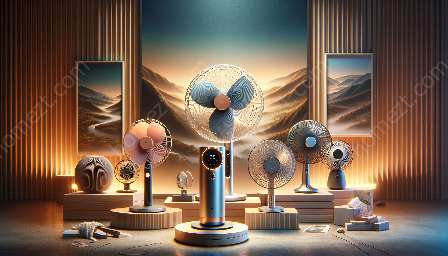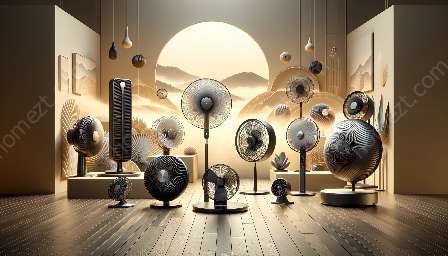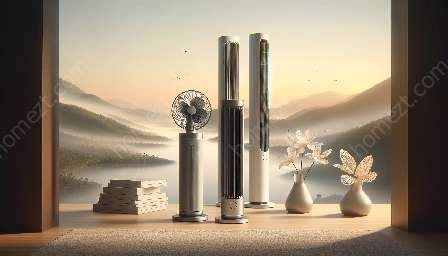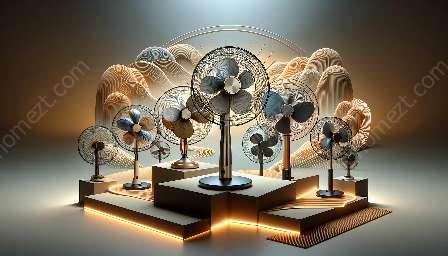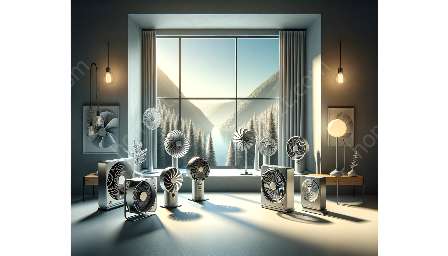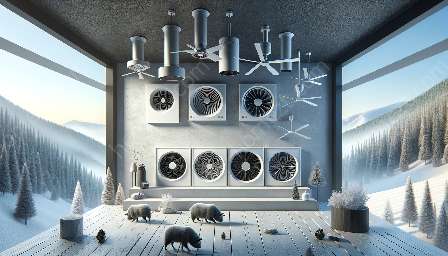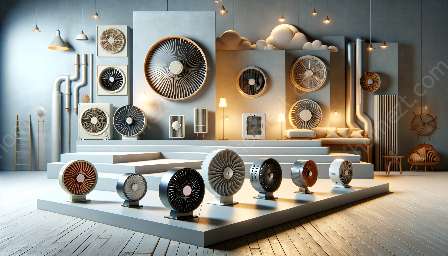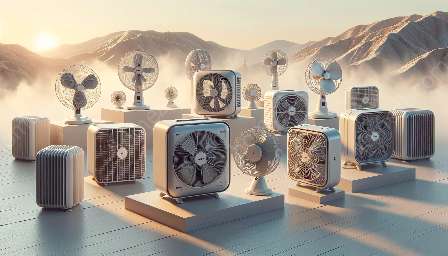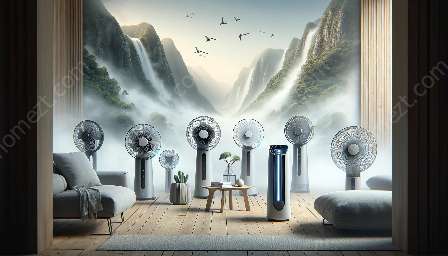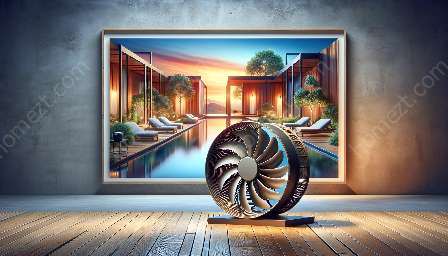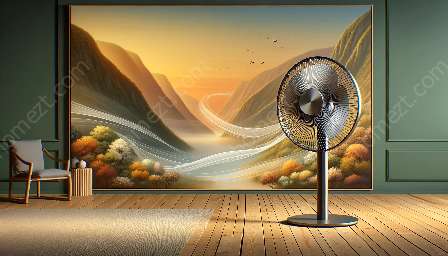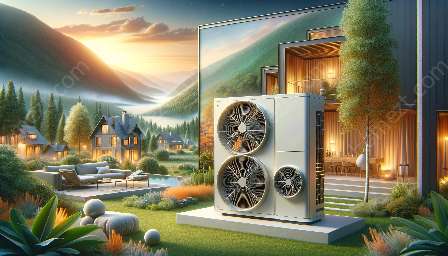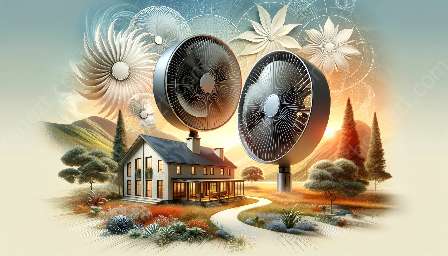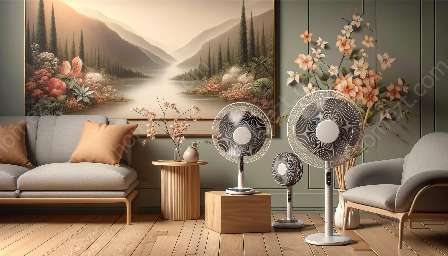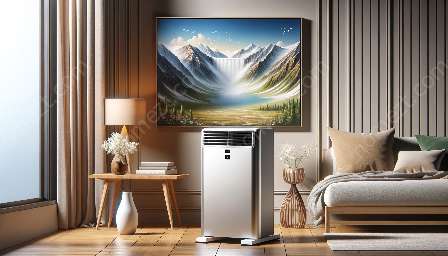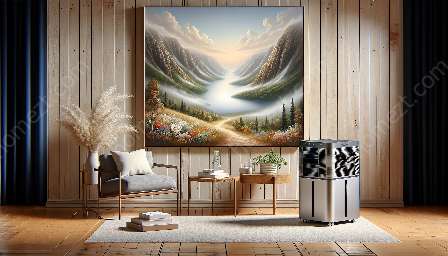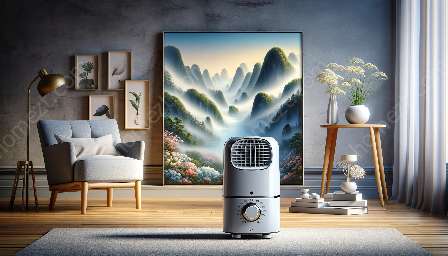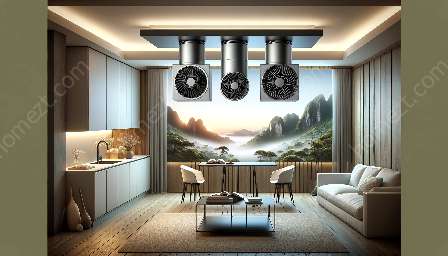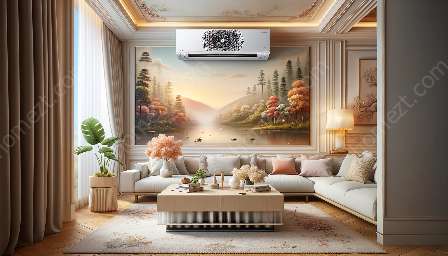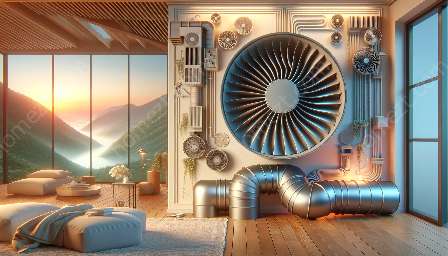Are you looking for an efficient and eco-friendly way to beat the heat? Look no further than air coolers. In this comprehensive guide, we'll delve into the world of air coolers, exploring how they work, their benefits, and how they compare to traditional fans. We'll also provide a detailed overview of the best types and features of air coolers on the market today.
How Do Air Coolers Work?
Air coolers, also known as evaporative coolers, operate by harnessing the natural process of water evaporation to lower the temperature of the surrounding air. These devices consist of a water reservoir, a pump, cooling pads, and a fan. The pump circulates water from the reservoir to the cooling pads, where it saturates the pads. As the hot air from the environment passes through the wet cooling pads, the water evaporates, extracting heat from the air and reducing its temperature. The fan then blows this cooler air into the room, providing a refreshing and energy-efficient cooling effect.
Benefits of Air Coolers
Air coolers offer several advantages over traditional air conditioning units and fans. First and foremost, they are considerably more energy-efficient, consuming significantly less power than air conditioners. This makes them an excellent choice for reducing energy costs while remaining environmentally friendly. Additionally, air coolers are often more affordable to purchase and operate, making them a budget-friendly cooling solution. They also provide the added benefit of increased air circulation, which can improve indoor air quality and create a more comfortable environment.
Air Coolers vs. Fans: A Comparison
While both air coolers and fans are designed to provide relief from the heat, they operate using different mechanisms and offer distinct advantages. Fans simply circulate air, which can provide a feeling of cooling by facilitating sweat evaporation from the skin. However, in contrast to air coolers, fans do not actively reduce the temperature of the air. On the other hand, air coolers utilize the evaporative cooling process to bring down the temperature of the air, resulting in a more significant cooling effect. They also offer the added benefit of increasing humidity in dry climates, which can help alleviate discomfort associated with dry air.
Types of Air Coolers
There are several different types of air coolers available, each suited to different needs and environments. Portable air coolers are ideal for small spaces or for moving between rooms, providing flexibility and convenience. Tower air coolers offer a sleek and compact design, making them a great choice for modern spaces with limited floor space. Room air coolers are designed for cooling larger areas, making them suitable for living rooms, offices, and other sizable environments. Window air coolers are installed in a window opening and are particularly effective at cooling specific rooms or zones in your home.
Features to Consider
When selecting an air cooler, it's important to consider several key features to ensure you choose the best option for your needs. Look for models with adjustable fan speeds and oscillation, enabling you to customize the cooling effect to your preferences and distribute cool air evenly throughout the room. Additionally, consider air coolers with remote controls for added convenience, as well as built-in timers and programmable settings to optimize energy efficiency. Some advanced air coolers also come equipped with air purifying and filtering functions, providing additional benefits for indoor air quality.
In Conclusion
Air coolers offer a cost-effective, energy-efficient, and environmentally friendly solution for keeping your living and working spaces cool and comfortable. By harnessing the power of evaporative cooling, air coolers provide a refreshing and natural approach to lowering temperatures, making them a great alternative to traditional air conditioning units and fans. With a variety of types and features available, there's an air cooler to suit every need and budget, offering reliable cooling performance and improved indoor air quality.


